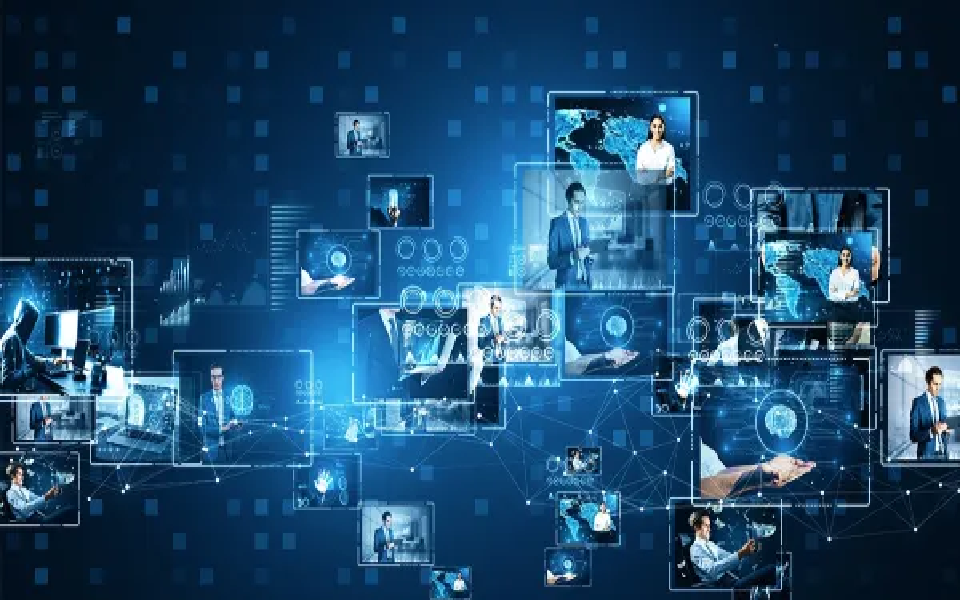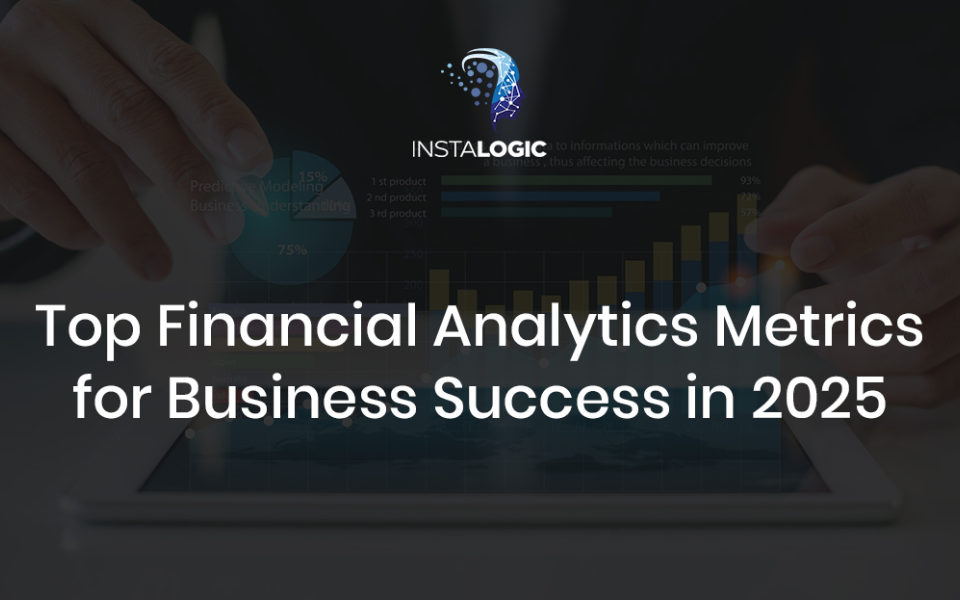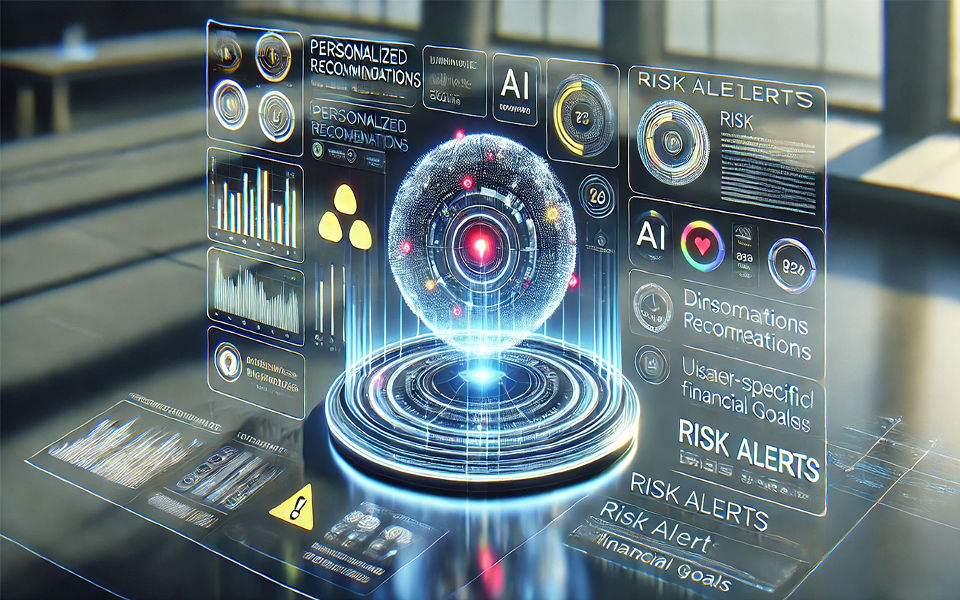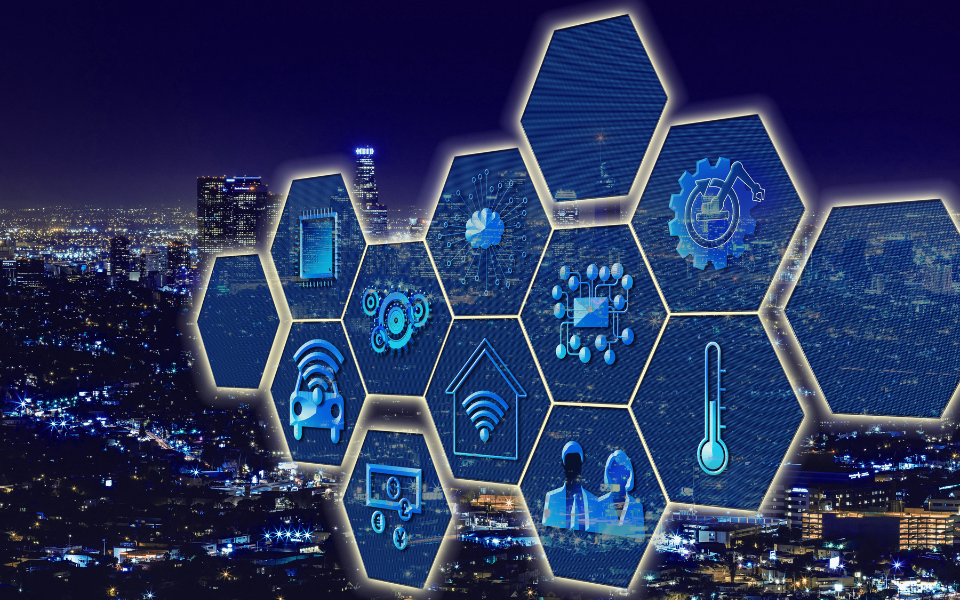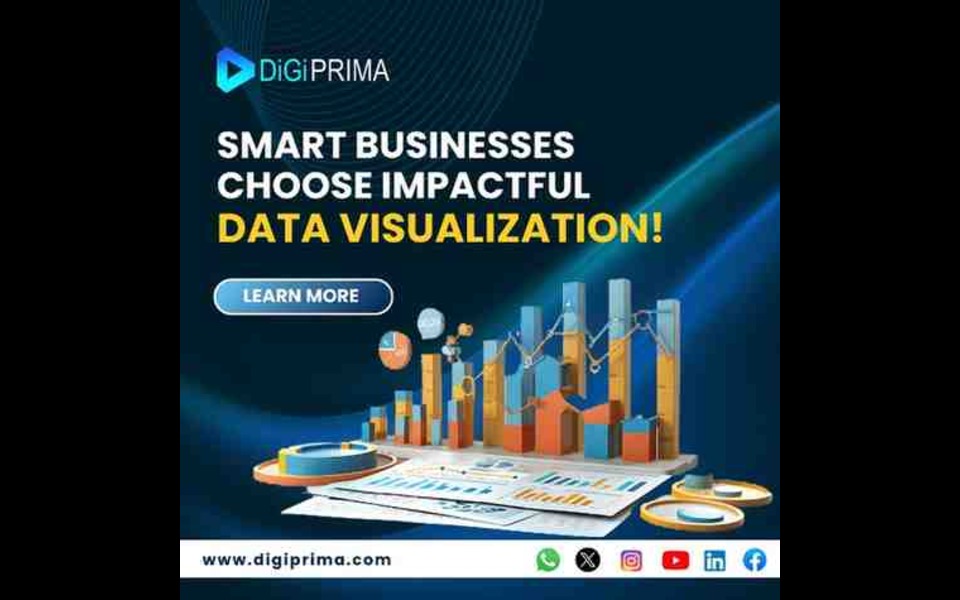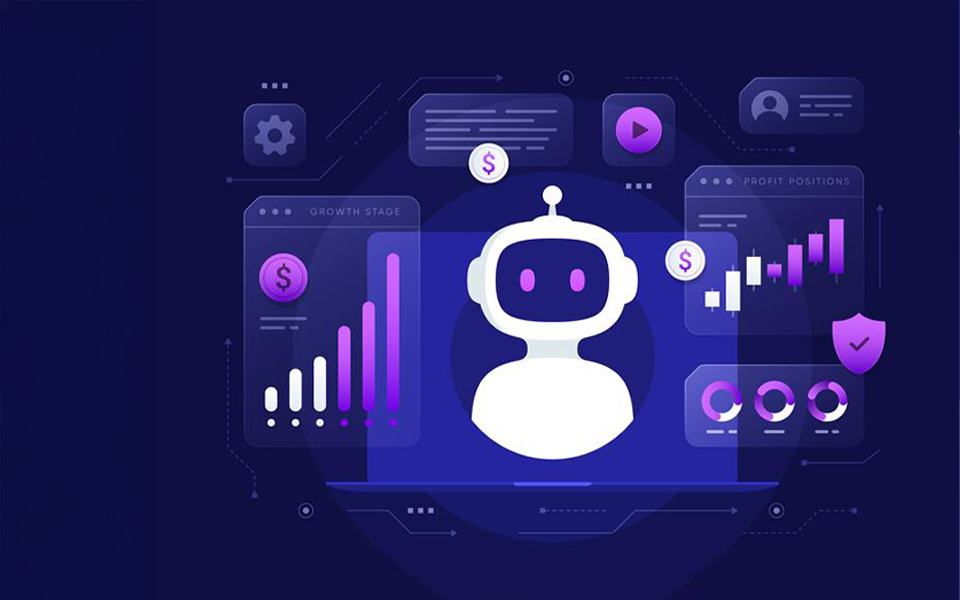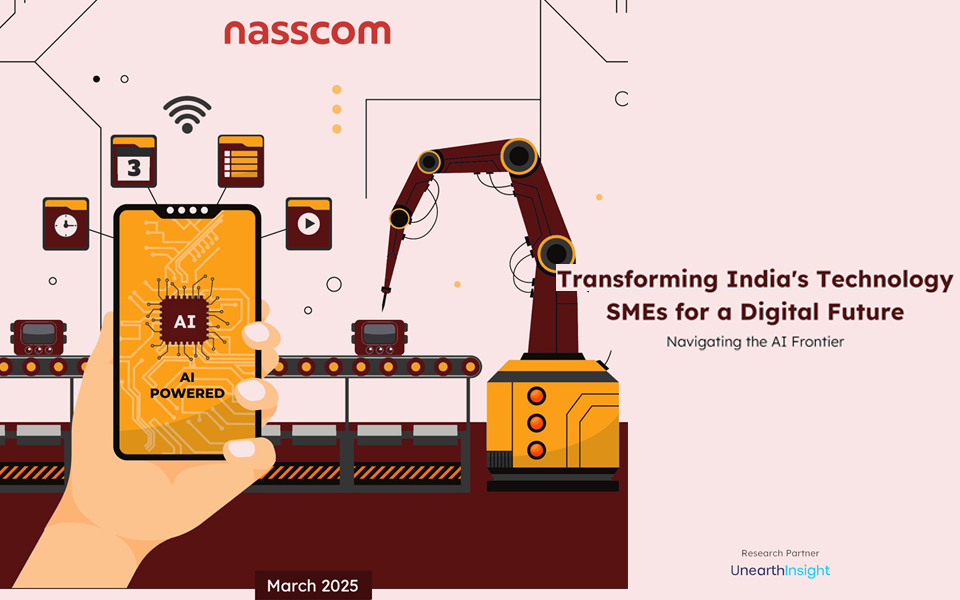According to the US Department of Energy, pumping systems account for almost 20 percent of the world’s energy consumed by electric motors and approximately 25 to 50 percent of the total electric energy usage in certain industrial facilities. Among other applications, pumps move crude oil through vast pipeline networks, which in turn play an indispensable role in transporting hydrocarbons to key markets. Suppliers are already developing solutions such as digital twins that can leverage data analytics to optimize the performance of pump stations for crude oil and other pipelines.
Digital Twins and Oil & Gas 4.0 – Key Benefits
As digital replica modeling tools, digital twins support a digital culture of fail fast, learn quick by providing the perfect testing ground for innovative new ways of working. Also, connectivity to the components and equipment provides real-time monitoring and adjustment capabilities. The original concept came from the desire to take all information available on a piece of equipment or asset and then applying higher level analysis to that information.
 then applying higher level analysis to that information.
then applying higher level analysis to that information.
Digital Twin of a Petroleum Refinery (Source: GE Ventures)
Digital twins can help oil & gas companies:
- detect early signs of equipment failure or degradation to move from reacting and responding to a failure to being proactive; which enables owner-operators to plan and implement corrective maintenance actions before failure occurs and often at much lower cost
- model drilling and extractions to determine whether virtual equipment designs are feasible
- gather real-time data feeds from sensors in an operational asset to know the exact state and condition, no matter where it is located
The real advantage of the digital twin concept, however, materializes when all aspects of the asset (from design to real-time operating and status data) are brought together to optimize the asset over its lifetime. Companies can test pricing levels, logistics challenges, even potential safety hazards. A digital twin allows users to identify numerous plausible futures for an asset and consider their potential impact.
Best Practices of Oil & Gas 4.0
Recent research indicates that many of the oil and gas organizations implementing the Internet of Things (IoT) are already using or plan to use digital twins in 2018. In addition, the number of participating organizations using digital twins will triple by 2022. Several best practices in this area are emerging among the major engineering and oil & gas firms:
- it’s best to involve the entire value chain
- establish well-documented practices for constructing and modifying digital twins
- include data from the multiple sources (as-builts, operational data, costs, maintenance program, engineering detail, physical constraints, behavioral patterns, operating parameters, customer demands, and weather patterns)
- look beyond the normal software development cycles to consider asset lifecycle issues
Initiatives Already Underway
Due to its asset-intensive nature and reliance on large pieces of highly instrumented equipment, often operating in remote, unsafe, and uncompromising locations, the oil & gas industry has had digital twins on its agenda for several years.
Shell, together with Swiss engineering modeling and simulation technology company, Akselos and engineering research and development experts at LICengineering, a Danish consultancy firm specializing in the marine and offshore energy sectors, have recently signed up as participants in a two-year digital twin initiative. The partnership focuses on advancing the structural integrity management of offshore assets by combining fully detailed cyber-twin simulation models. Things are well under way with Shell North Sea assets, with the intention to improve management of their offshore assets, improve worker safety, and explore predictive maintenance. There are two phases to this initial project:
- First, to develop a condition-based model of its selected assets, enabling the company to analyze structural integrity with more accuracy and detail
- Second, to combine this model with sensor data, to allow Shell to monitor the health of its asset in real time, which would enable the company’s operators to predict the future condition
The world’s first “digital rig” is targeted to achieve a 20 percent reduction in operational expenditures across the targeted equipment and improve drilling efficiency. The solution connects to all targeted control systems, including the drilling control network, the power management system and the dynamic positioning system. Data is collected through individual IoT sensors and control systems, modeled and then centralized on the vessel before transmitting in near real time to GE’s Industrial Performance & Reliability Center for predictive analytics. The system has already started to capture multiple anomalies and produce alerts of potential failures up to two months before they would occur. The data models come from a digital twin of various physical assets, along with advanced analytics to detect behavioral deviation. Thanks to vessel-wide intelligence, personnel both on the vessel or onshore can gain a holistic view of an entire vessel’s health state and the real-time performance of each piece of equipment onboard.
In 2017, BP invested in the Beyond Limits start up to build upon existing NASA- and DOD-based experience in robotics. The intent was to operationalize new insights from operations to help them locate and develop reservoirs, enhance production/refining of crude oil, and increase process automation and efficiencies. Extensive infrastructure was established, including supercomputers, and 2,000 km of fiberoptic cable and large investments were made to increase in data storage to six petabytes. As a result, IoT sensors are collecting data about temperature, chemicals, vibration and more from oil and gas wells, rigs, and facilities.
The Gazprom subsidiary, GAZPROMNEFT-KHANTOS, has established an Upstream Control Centre that’s pulled together already established solutions. The objective is to improve upstream process efficiencies from a central operating center. One of the most important components has been to establish the digital twin, developed for mechanical fluid-lifting built around hybrid models. This is further enhanced with machine learning tools and the ability to self-calibrate based on rapidly changing information, sourced from automated controls. Information collated by the digital twin, new maintenance solutions, and other Gazpromneft-Khantos systems are accumulated at the Control Centre and can be displayed and visualized by multifunctional teams to take timely and well-informed decisions. The functionality of the Gazpromneft-Khantos Upstream Control Centre will be significantly expanded in the future. Currently, the company is completing testing of digital twins for formation pressure maintenance systems, energy supply systems, and treating and utilizing associated petroleum gas.
The Challenges Ahead
Development of the fourth Industrial Revolution defining technology is not for the casual toe-dipper, as the journey to true digitalization is challenging for any enterprise. Each aggregated digital twin is unique, ultimately enabling powerful data analytics, new machine learning, and potentially valuable information across the OEM network.
Establishing digital twins requires a focused and cross-functional team that spans the organization, incorporating technical expertise across the infrastructure, the enterprise IT and OT applications from the OEM to the fully constructed and operational asset.
Reprinted with permission, original blog was posted here”. You may also visit here for more such insights on the digital transformation of industries.
About ARC Advisory Group (www.arcweb.com): Founded in 1986, ARC Advisory Group is a Boston based leading technology research and advisory firm for industry and infrastructure.
For further information or to provide feedback on this article, please contact akanagali@arcweb.com
About the Author:
Jyoti Prakash
Analyst
Jyoti’s research primarily focuses on oil & gas industry analysis, upstream oil & gas automation, and digital oilfield technologies.






 then applying higher level analysis to that information.
then applying higher level analysis to that information.